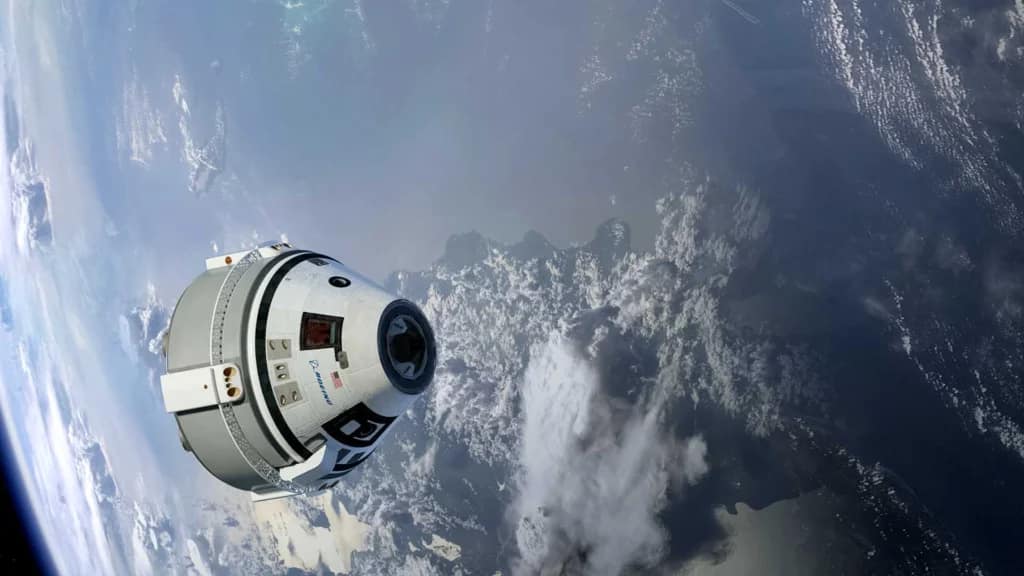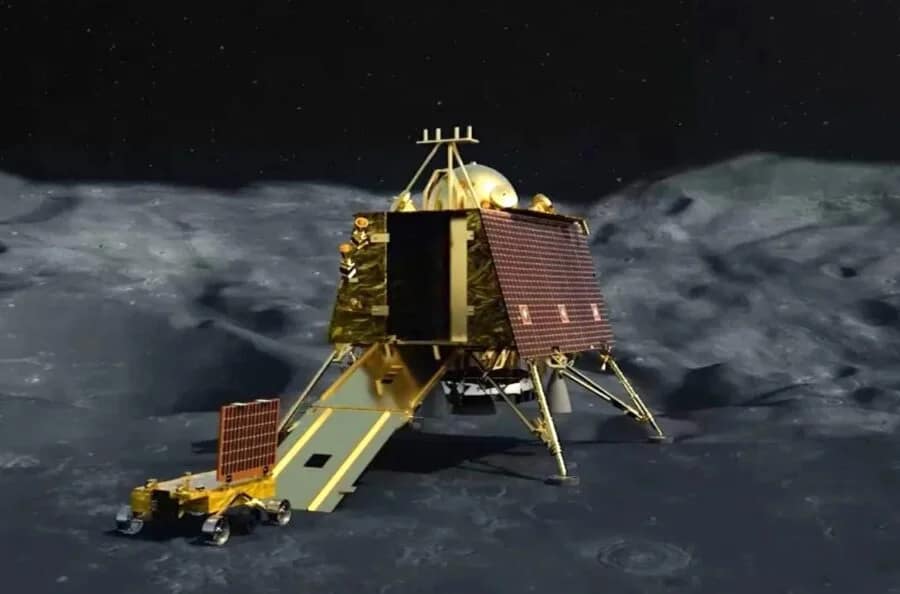Blue Origin’s New Shepard rocket has been a subject of intrigue in the space industry, particularly after a mishap during an uncrewed flight in September of last year. The Federal Aviation Administration (FAA) recently closed its investigation into this incident, shedding light on the details of what went wrong and why the investigation took longer than expected. In this article, we delve into the findings of the mishap investigation and compare the handling of the situation by Blue Origin to that of SpaceX. We also explore the challenges facing NASA‘s Mars Sample Return Mission and the impressive developments in the construction of the gigantic mirror for the Mellon Space Telescope.
Blue Origin’s New Shepard Mishap Investigation
The mishap investigation into Blue Origin’s New Shepard rocket focused on an incident during the uncrewed flight NS23, where the rocket experienced an anomaly in its main BE-3 engine. This anomaly caused the rocket to veer off course, prompting the automatic launch escape system to activate and carry the capsule to safety. While the capsule landed safely, the booster itself was destroyed.
The investigation revealed that the cause of the mishap was a structural failure of the main engine nozzle due to higher-than-normal operating temperatures. This incident drew parallels with SpaceX’s Starship mishap in April, which also experienced a loss of engines due to a fire in the engine bay. However, SpaceX’s investigation took only five months to conclude, while Blue Origin’s investigation spanned six months.
The prolonged investigation into Blue Origin’s mishap raised questions about the reasons behind the delay. Some speculated that SpaceX might receive preferential treatment due to its extensive government contracts, but Blue Origin also had substantial agreements with NASA and the Space Force. The key factor behind the extended investigation appears to be the fact that New Shepard had completed eight missions before the mishap, with six of them being crewed missions, and the most recent mission taking place just a month before the incident. The possibility of this mishap occurring during a crewed mission warranted a thorough investigation.
Another unique aspect of Blue Origin’s operations was its habit of sending celebrities like William Shatner on their crewed missions, raising concerns about the safety of high-profile passengers in the event of an emergency.
The FAA identified 21 areas that needed rectification before Blue Origin could apply for a modified launch license. Among these was the redesign of the engine to include more robust nozzle components. While these findings may not have directly contributed to the departure of Blue Origin’s CEO, Bob Smith, they hinted at potential organizational issues within the company.
Comparing Blue Origin and SpaceX
A significant point of comparison arises from the differing approaches of Blue Origin and SpaceX in their interactions with regulatory bodies like the FAA. SpaceX’s cooperation with the FAA and transparency in communication were highlighted in their investigation. In contrast, Blue Origin’s internal investigation concluded in March, while the FAA’s investigation continued for an additional six months. This discrepancy suggested that Blue Origin might not have shared sufficient information with the FAA, leading to the extended investigation period.
The timeline and the FAA’s recommendation for organizational changes at Blue Origin underscore the importance of efficient communication and cooperation in the aerospace industry. While Blue Origin likely addressed most of the identified issues, the delay in the investigation could have implications for its competitiveness in the space race.
Challenges Facing NASA’s Mars Sample Return Mission
Shifting our focus to NASA’s Mars Sample Return Mission, the project has encountered its share of challenges and delays. Originally, the mission planned to include the European Space Agency (ESA)-made Fetch Rover to retrieve samples from NASA’s Perseverance Rover. However, a change in plans led to reliance on two Ingenuity-class drones instead.
The Ingenuity drones proved capable of navigating the Martian atmosphere, but designing updated versions for sample retrieval presented significant technical hurdles. These drones had to execute complex maneuvers, collect soil and rock samples, and load them onto the Mars Ascent Vehicle (MAV) autonomously due to communication delays from Earth.
These delays are particularly concerning given that Congress has already reduced the MAV project budget from $949 million to just $300 million, contingent on NASA’s ability to keep the total Mars Sample Return Mission cost under $53 billion. Any further delays could jeopardize the mission’s success and funding.
Despite these challenges, the MAV project remains invaluable for advancing our understanding of Martian missions. Even if the MAV fails to launch properly from the Martian surface, it will provide crucial insights into the complexities of returning from Mars.
The Mellon Space Telescope’s Impressive Development
On a more positive note, the construction of the seventh and final mirror for the Mellon Space Telescope is progressing impressively. Over 20 tons of pure optical glass were placed into a spinning oven to shape it into a parabolic form. Following this, technicians will undertake the meticulous process of polishing the surface to an astonishing precision of 1/1000th the width of a human hair.
Once completed, this gigantic mirror, along with advancements in software and data processing, will enable the Mellon Space Telescope to study planets and celestial objects with unprecedented detail. The telescope is set to be located in the mountains of Chile, offering an unobstructed view of the sky.
In conclusion, the mishap investigation into Blue Origin’s New Shepard rocket, the challenges facing NASA’s Mars Sample Return Mission, and the impressive developments in the construction of the Mellon Space Telescope’s mirror highlight the complexities and innovations in the aerospace industry. Effective communication and cooperation with regulatory bodies, as demonstrated by SpaceX, are crucial for timely investigations and success in the space race. Meanwhile, the MAV project continues to face budget constraints, underscoring the importance of overcoming technical challenges to ensure its success in exploring Mars. Lastly, the Mellon Space Telescope promises to provide groundbreaking insights into the mysteries of our universe, pushing the boundaries of astronomical research.




